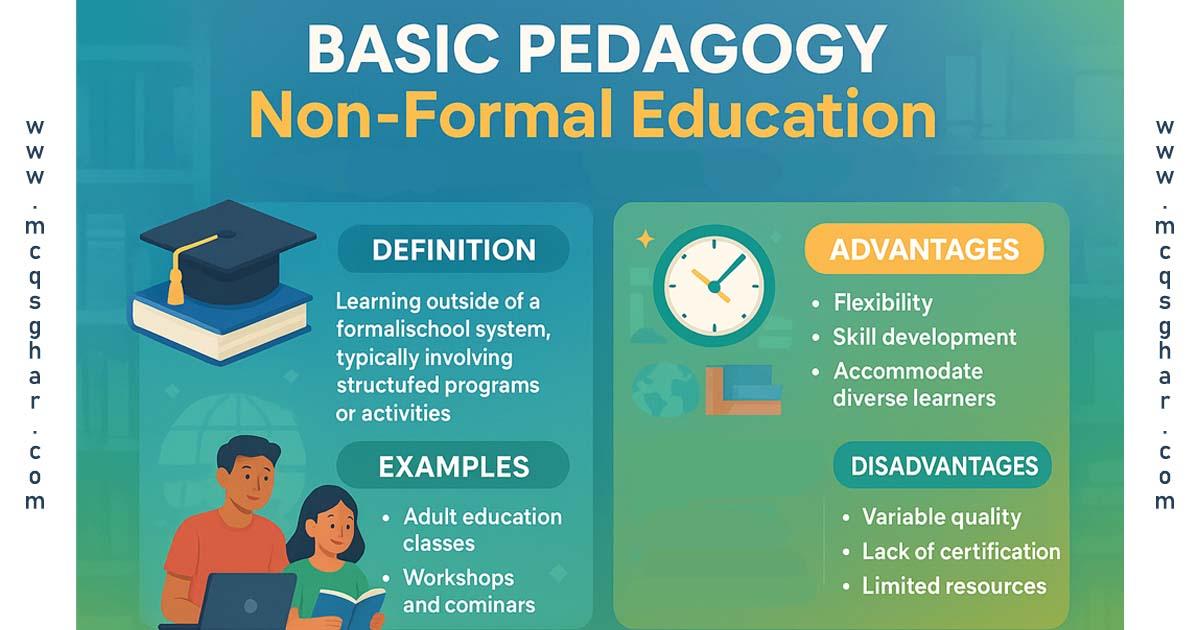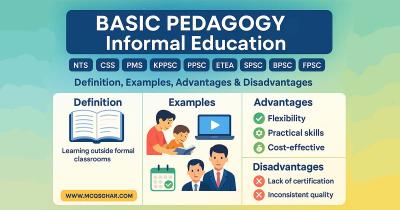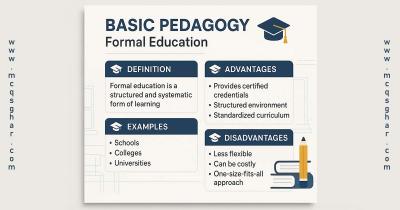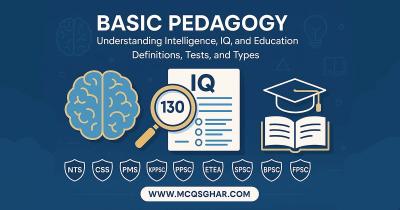بِسْمِ اللَّهِ الرَّحْمَنِ الرَّحِيم
BASIC PEDAGOGY: Non-Formal Education definition, examples, advantages & disadvantages
Non-formal education
Non-formal to sometime arrange or sometime not arrange. It has also rules but the rules of this form of education are flexible. Social institutions develop to train people to fight where welfare become a specialize work. Mosque, and Charch are informal institutions.
Non-formal education includes adult basic education, adult literacy education or school equivalency preparation. In non-formal education, someone (who is not in school) can learn literacy, other basic skills or job skills. Home education, individualized instruction (such as programmed learning), distance learning and computer-assisted instruction are other possibilities.
Non-formal education is imparted consciously and deliberately and systematically implemented. It should be organized for a homogeneous group. Non-formal, education should be programmed to serve the needs of the identified group. This will necessitate flexibility in the design of the curriculum and the scheme of evaluation.
Examples of Non-formal Education
- Boy Scouts and Girls Guides develop some sports program such as swimming comes under non-formal education.
- Fitness programs.
- Community-based adult education courses.
- Free courses for adult education developed by some organization.
Characteristics of Non-formal Education
- The non-formal education is planned and takes place apart from the school system.
- The timetable and syllabus can be adjustable.
- Unlike theoretical formal education, it is practical and vocational education.
- Non-formal education has no age limit.
- Fees or certificates may or may not be necessary.
- It may be full time or part-time learning and one can earn and learn together.
- It involves learning of professional skills.
Advantages of Non-formal Education
- Practiced and vocational training.




